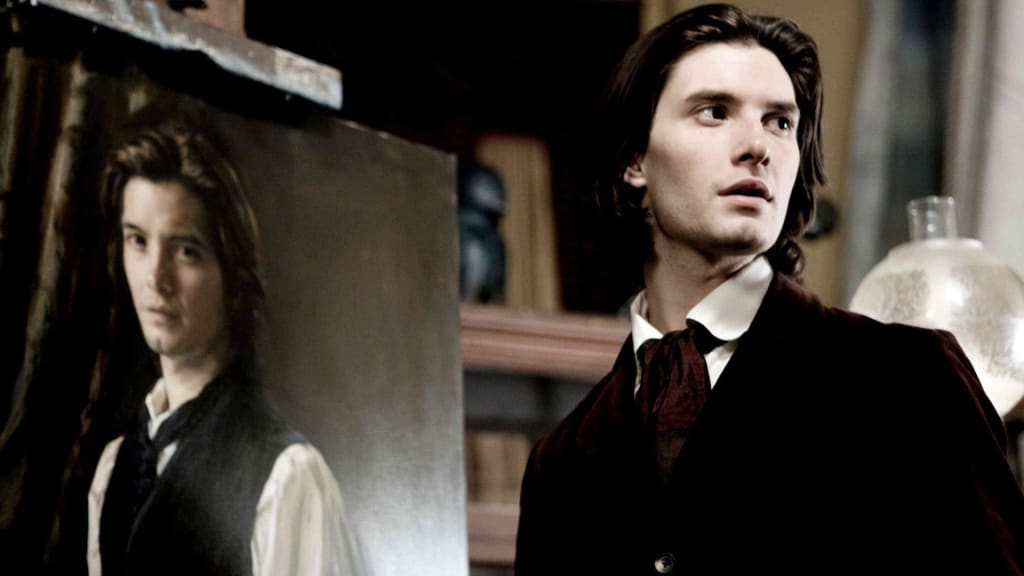A Filmmaker's Guide: The Victorian Era
Film Studies (Pt.34)

In this chapter of ‘the filmmaker’s guide’ we’re actually going to be learning about literature and film together. I understand that many of you are sitting in university during difficult times and finding it increasingly hard to study and I understand that many of you who are not at university or not planning on it are possibly stuck of what to do, need a break or even need to catch up on learning film before you get to the next level. This guide will be brief but will also contain: new vocabulary, concepts and theories, films to watch and we will be exploring something taboo until now in the ‘filmmaker’s guide’ - academia (abyss opens). Each article will explore a different concept of film, philosophy, literature or bibliography/filmography etc. in order to give you something new to learn each time we see each other. You can use some of the words amongst family and friends to sound clever or you can get back to me (email in bio) and tell me how you’re doing. So, strap in and prepare for the filmmaker’s guide to film studies because it is going to be one wild ride.
The Victorian Era

What is it?
The Victorian Era is an era that ran from around the 1830s (specifically 1837) until the early 1900s (specifically 1901) in England and the era itself took various themes and ideas from the different place in the British Empire. These include, but are not limited to, themes of: difference, orientalism, luxury and the strange.
Books of the Victorian Era are many and novels were a big deal during that time. We are blessed with so many great novels from the Victorian Era including the following:
- Dracula by Bram Stoker
- The Picture of Dorian Gray by Oscar Wilde
- Lady Audley's Secret by Mary Elizabeth Braddon
- Jane Eyre by Charlotte Bronte
- Wuthering Heights by Emily Bronte
The Victorian Era is probably the one most well-known for its exploration of the dark and the gothic. Not only has the gothic come out of it but also we have sub-genres like steampunk, detective, mystery/thriller and so many more.
What about in film?

In film, there have been many adaptations of the gothic represented by the Victorian Era by simply taking us back there and putting the gothic themes within the setting they were first written in. Films such as "Sweeney Todd" and "Dorian Gray" are always good for seeing these themes worked into film over the years because there's a few adaptations of them to look at.
When we look at the Victorian Era in film, we are not necessarily looking for the accuracy of its portrayal but rather how it uses the various themes and symbols we associate with the Victorian Era as opposed to simply placing them there in order to get our attention.
The use of language that is somewhat archaic, the symbols associated with the time such as high fashion, social classes and various items of exotic food and drink and even down to the themes of gender and identity politics that began with scientists vs. the religious types. All these things have some sort of meaning and when we view them for the first time in a film we may not see it. This is why it is important to see the film more than once, so we can begin associating one thing with the other to build and create deeper levels of meaning.
A watchlist you can look at includes:
- Dorian Gray (2009)
- The Picture of Dorian Gray (1945)
- From Hell (2001)
- The Premature Burial (1962)
- The Limehouse Golem (2016)
This should give you a good round view about how our attitudes and opinions, scenery and knowledge of the Victorian Era has changed over time and how film has adapted to those changes.
Now let's take a look at some further reading you can do to deeper your knowledge about Victorian Literature - especially the main themes involved.
Further Reading
- Braddon, M.E (1997). Lady Audley's Secret. UK: Wordsworth Classics
- Moore, A (2020). From Hell. USA: Top Shelf Productions.
- Poe, E.A (2015). The Complete Tales and Poems of Edgar Allan Poe. 2nd ed. USA: Barnes and Noble.
- Said, E (2003). Orientalism. UK: Penguin Modern Classics.
- Wilde, O (2003). The Picture of Dorian Gray. UK: Penguin Classics
About the Creator
Annie Kapur
200K+ Reads on Vocal.
English Lecturer
🎓Literature & Writing (B.A)
🎓Film & Writing (M.A)
🎓Secondary English Education (PgDipEd) (QTS)
📍Birmingham, UK






Comments
There are no comments for this story
Be the first to respond and start the conversation.